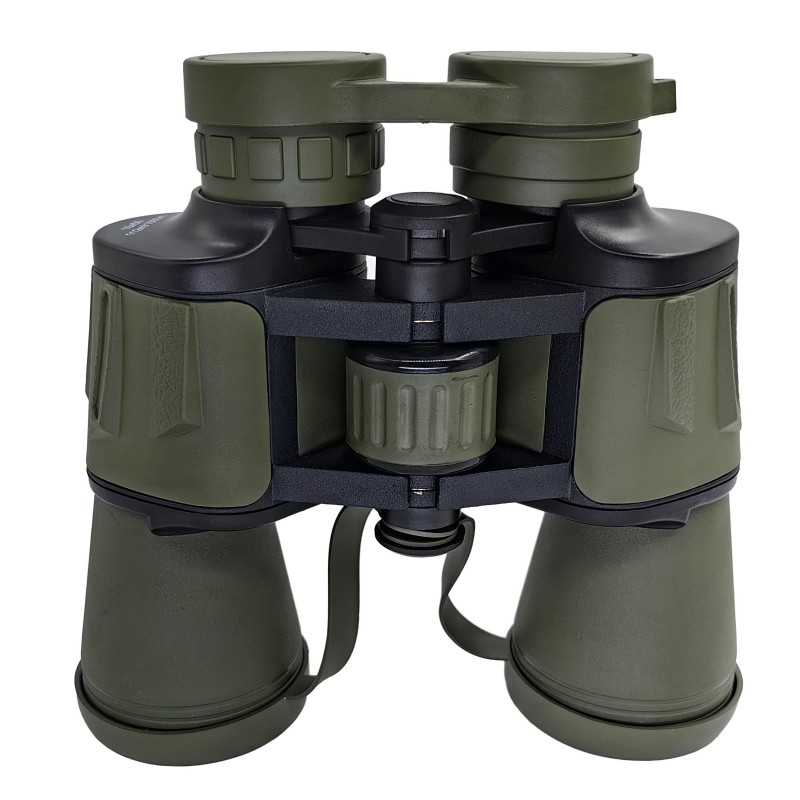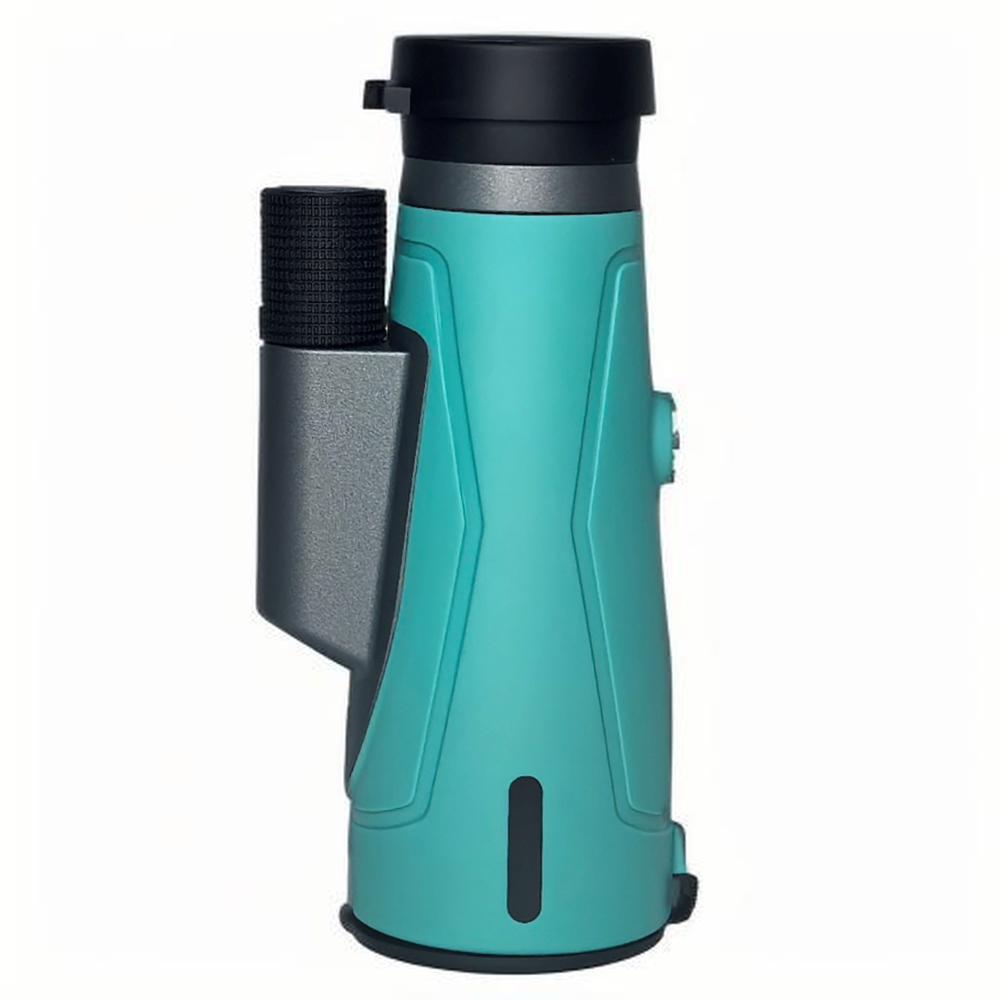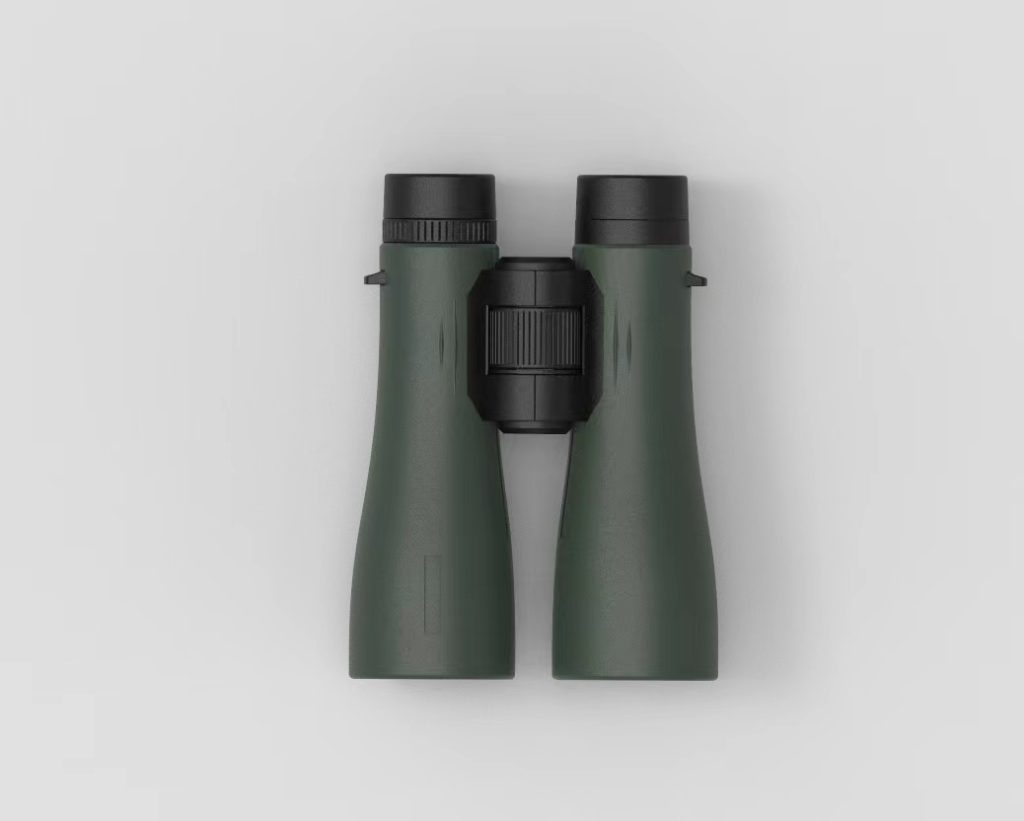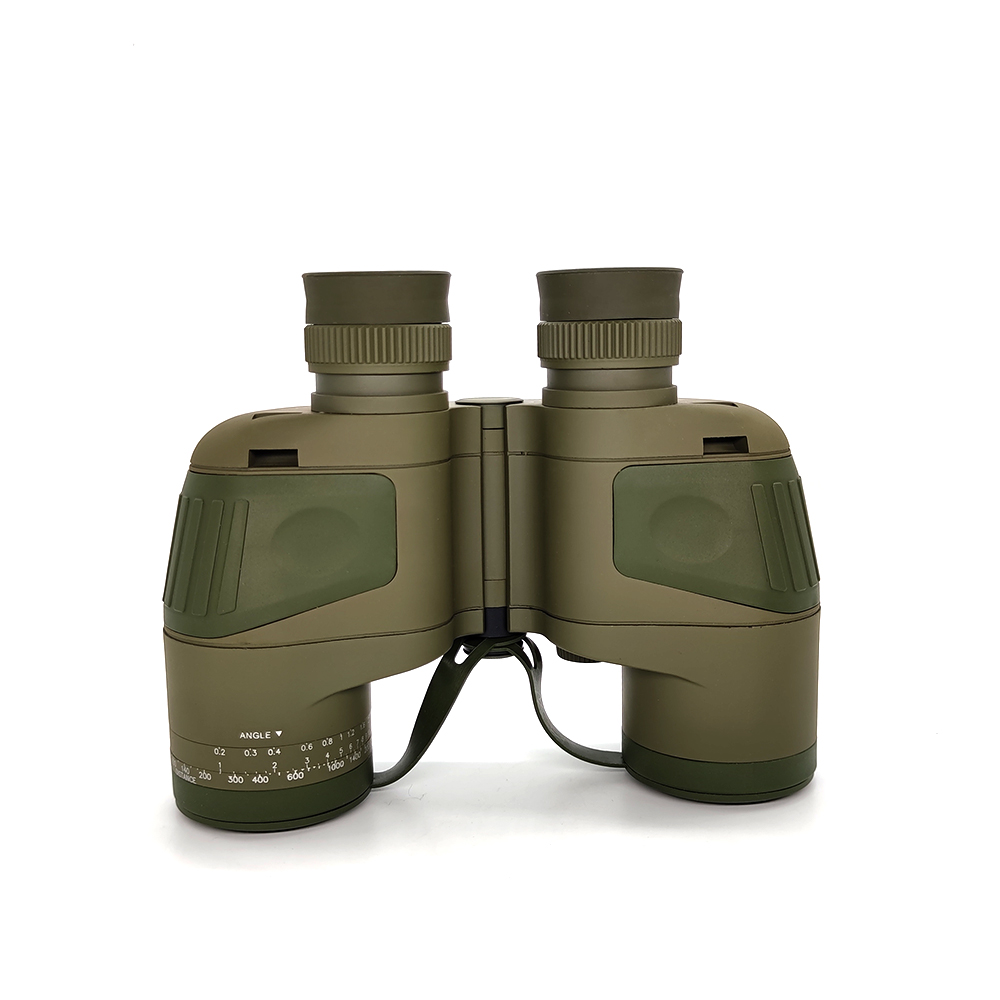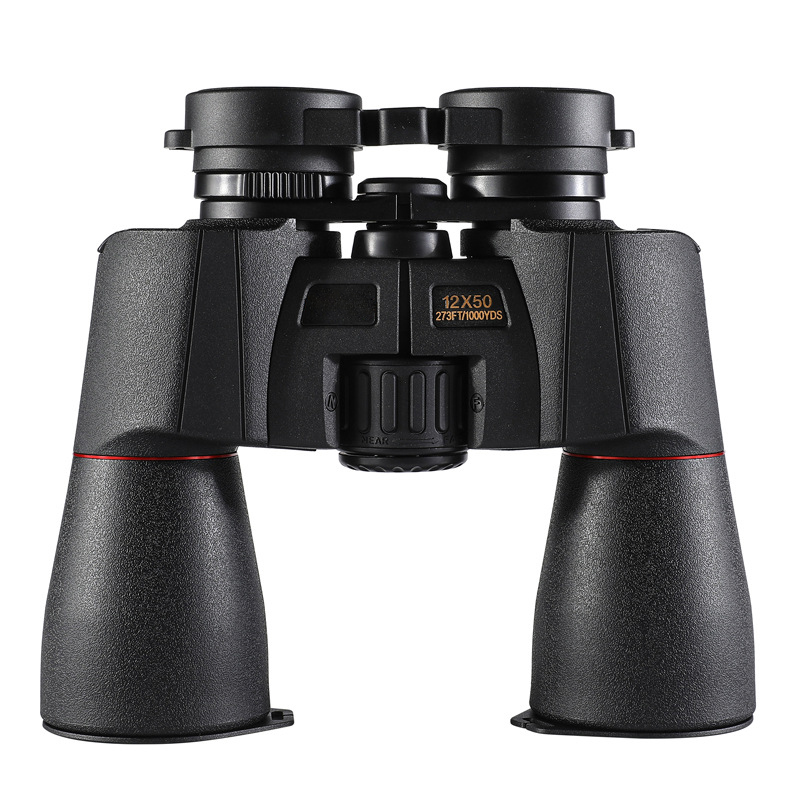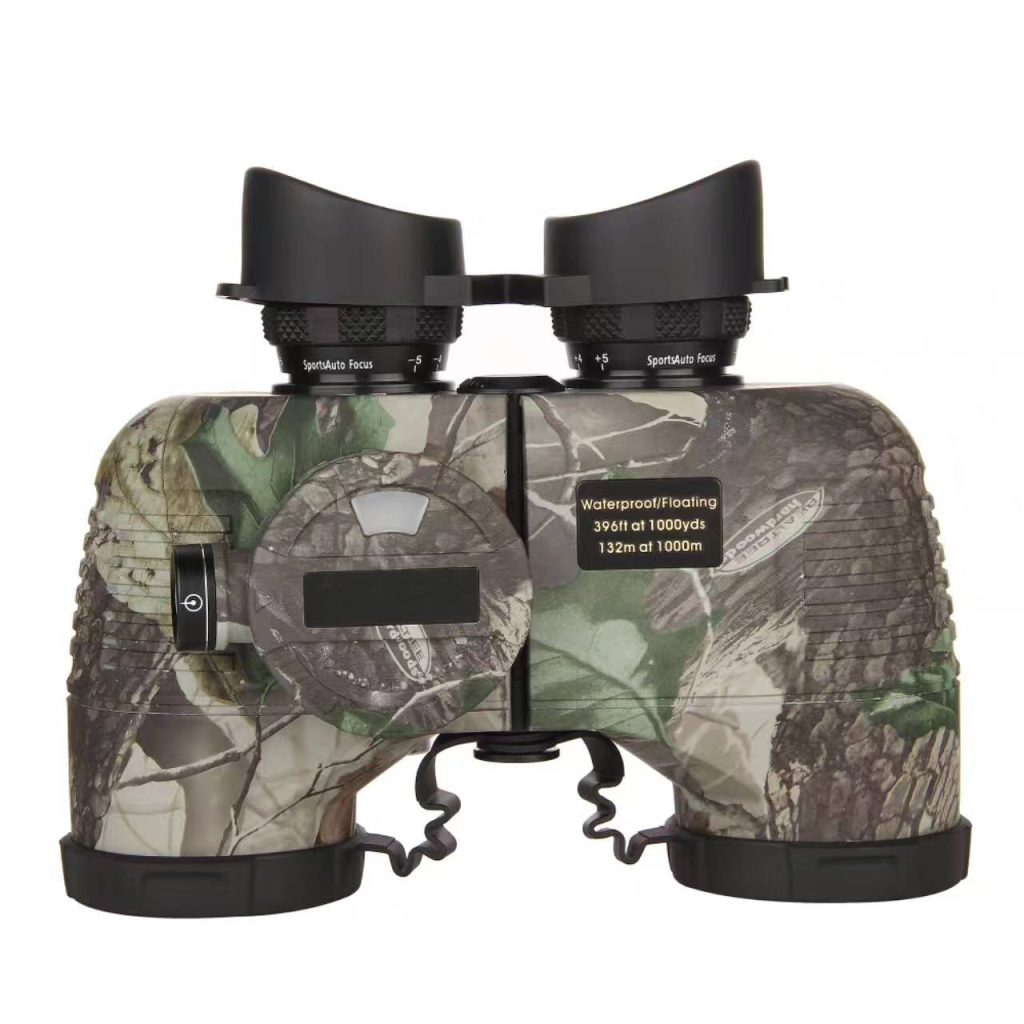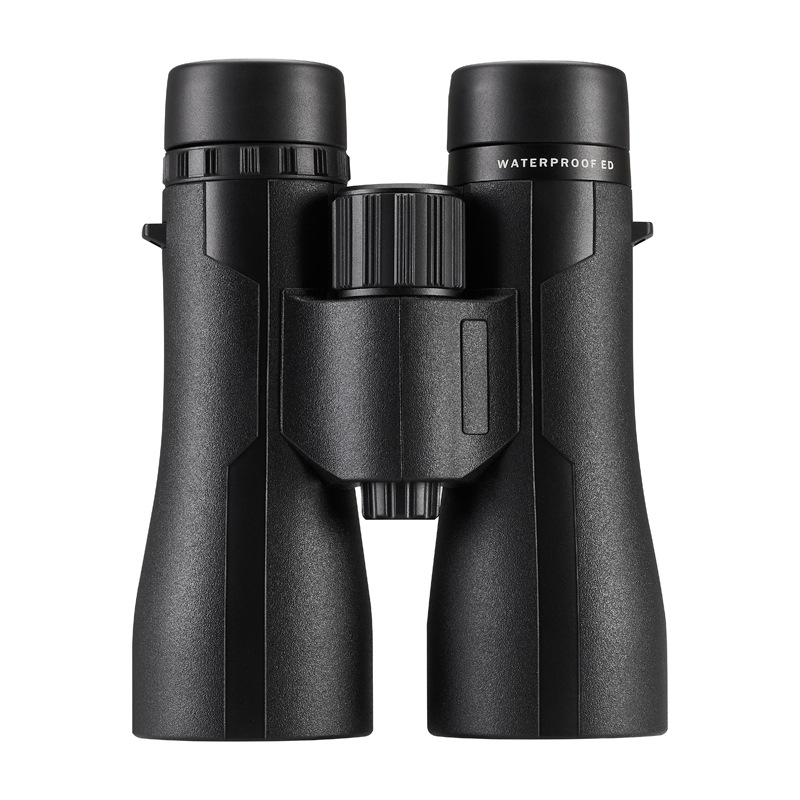The Perseid meteor shower is famous for its vigorous meteor activities and its spectacular bright fireballs which are a delight to every astronomy and stargazing enthusiast.
Here, we will provide you details using which you can fully benefit from watching the Perseid meteor shower in 2025 including the optimal viewing times, necessary equipment, the recommended stargazing positions, and the techniques to use binoculars to augment your experience.
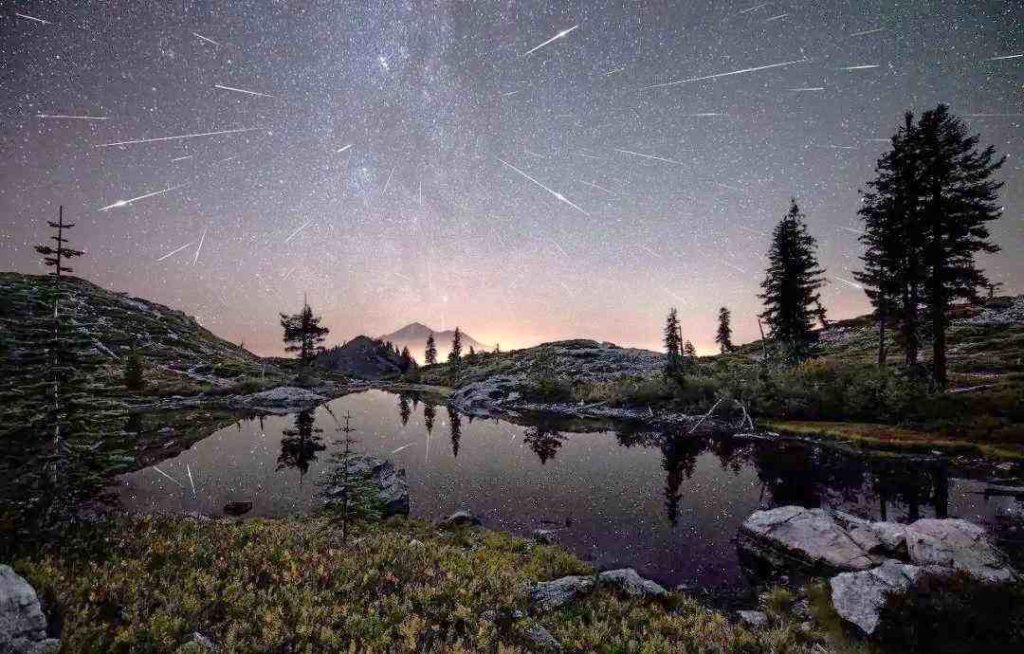
When to Watch the Perseid Meteor Shower in 2025
The Perseid meteor shower is active from July 17 to August 24, peaking on the night of August 11 to the early morning of August 12, 2025. During this peak, you can expect to see up to 100 meteors per hour under ideal conditions.
The best time to watch is after midnight, when the radiant (in the constellation Perseus) climbs higher in the sky. In 2025, the moon phase is favorable—the waxing crescent moon will set early, ensuring a darker sky and better visibility of fainter meteors.
What You Need to Prepare for Meteor Shower Viewing
Preparation is key to making a meteor shower viewing experience comfortable and enjoyable. Here is a very important gear list:
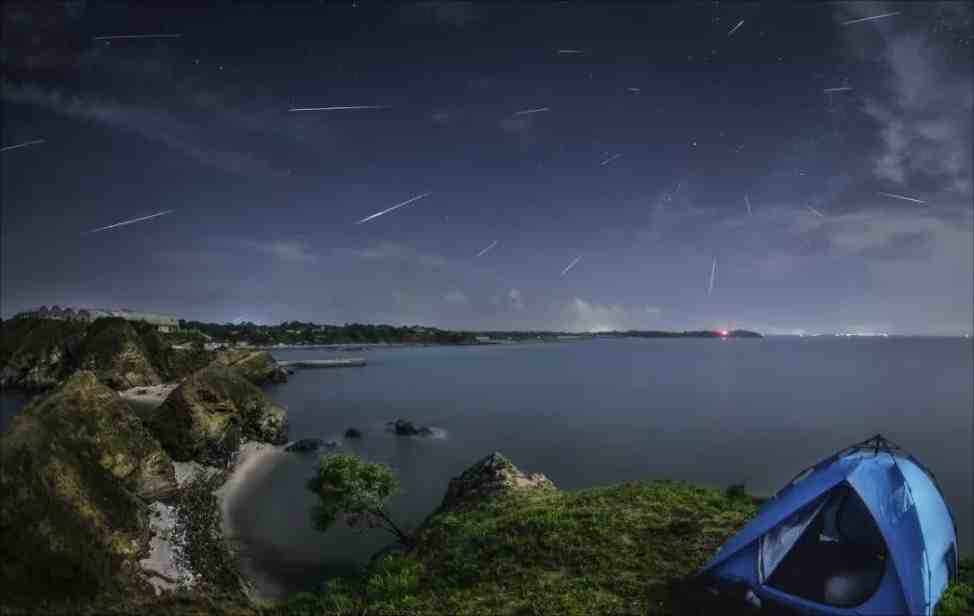
A recliner chair or blanket: You will be looking up for a while, so a recliner lawn chair, a heavy blanket, or a sleeping bag will save your neck and warm you up.
Warm clothing: It can get chilly at night even during August, especially if you’re in an open area. Wear layers, and add a hat and gloves if you’re in a cold area.
Red-light flashlight: A red-filter or red-light mode flashlight is needed for preserving night vision. White light from a standard flashlight or phone screen can take your eyes up to 30 minutes to adjust from the intensity.
Binoculars: Although you don’t need them to view meteors, binoculars can actually make your experience worthwhile. We’ll discuss this further in the next section.
Star chart or stargazing app: While not required for mere observation of meteors, a star chart or stargazing app can help identify constellations, e.g., Perseus, the shower radiant.
Snacks and warm beverage: A thermos of hot tea or hot cocoa can be a pleasant comfort during cold pre-dawn hours.
Patience: Meteor watching is a waiting process. Sit comfortably, relax, and let your eyes adapt to the darkness.
Using Binoculars to Enhance Your Meteor Shower Experience
Although meteors streak through the sky so rapidly that they cannot be followed with telescopes, binoculars are still a valuable tool for you to use to observe meteor showers.
Why Binoculars Are Useful During a Meteor Shower
- Post-meteor shower observation: Binoculars allow you to observe the smoke trails or “persistent trails” left behind by brighter fireballs.
- Night sky observing: Between meteor showers, you get the stunning view of the Milky Way, star clusters and nebulae.
- Bleaching: Binoculars can magnify light, thus making faint meteors and deep-sky objects appear.
Best binoculars for night sky observing
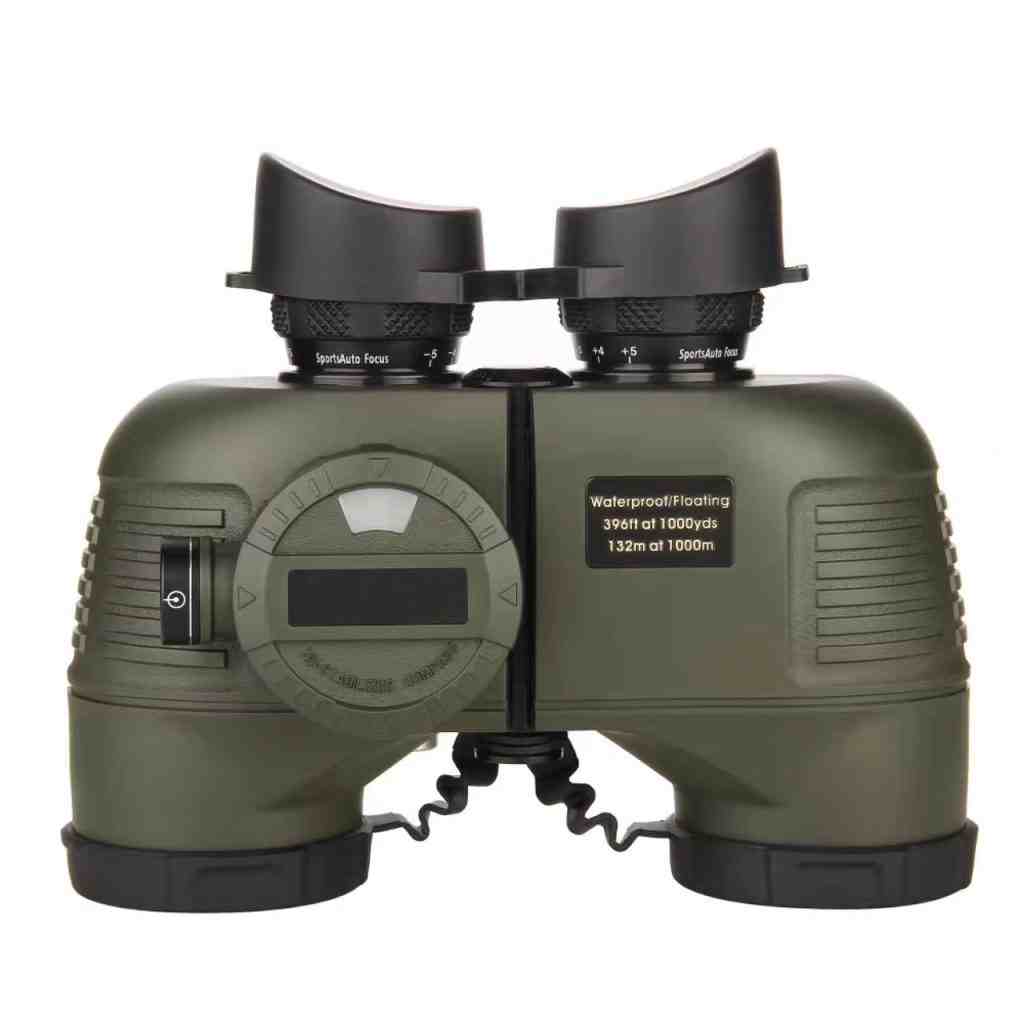
While buying binoculars for meteor showers or night sky observing, please consider the following points:
- Magnification and objective lens size: The most favorable options are 7×50 or 10×50. The initial number (magnification) offers a closer view, and the second number (lens size, in millimeters) controls how much light enters the binoculars.
- A broad field of view: It is important for surveying expansive parts of the sky and seeing fast-moving meteors.
- Low-light capacity: Choose the model with multi-layer coated lenses to provide greater contrast in low-light conditions.
Best Recommendation
1. Celestron SkyMaster 15×70 – Excellent magnifying power and excellent focusing capability, making it perfect for deep space observation and meteor observing.
2. Nikon Action EX 10×50 – Ergonomic hand grip, waterproof, bright optical components, so that you are able to observe comfortably for long periods.
3. FORESEEN 10×50 FMC Binoculars – With its expansive field of view, it is the perfect option for astronomy enthusiasts.
How to Use Binoculars for Meteor Shower Observing
- Stay comfortable: Get yourself a stable reclining position and reduce any tendency to sway.
- Focus on a bright star: Prior to beginning the scan, first focus the binoculars on a bright star until the image is clear.
- Scan across the horizon: Slowly shift the horizon, especially along the Milky Way. Do not try to chase meteors.
- Search for persistent meteor streams: After seeing a bright naked-eye meteor, quickly raise binoculars to where it is observed. If lucky, you should be able to see a persistent and sparkling meteor stream.
Best Places to Watch the Perseid Meteor Shower in 2025
In terms of maximizing the experience associated with the Perseids, the location is critical. Clearer and darker skies mean a better experience.
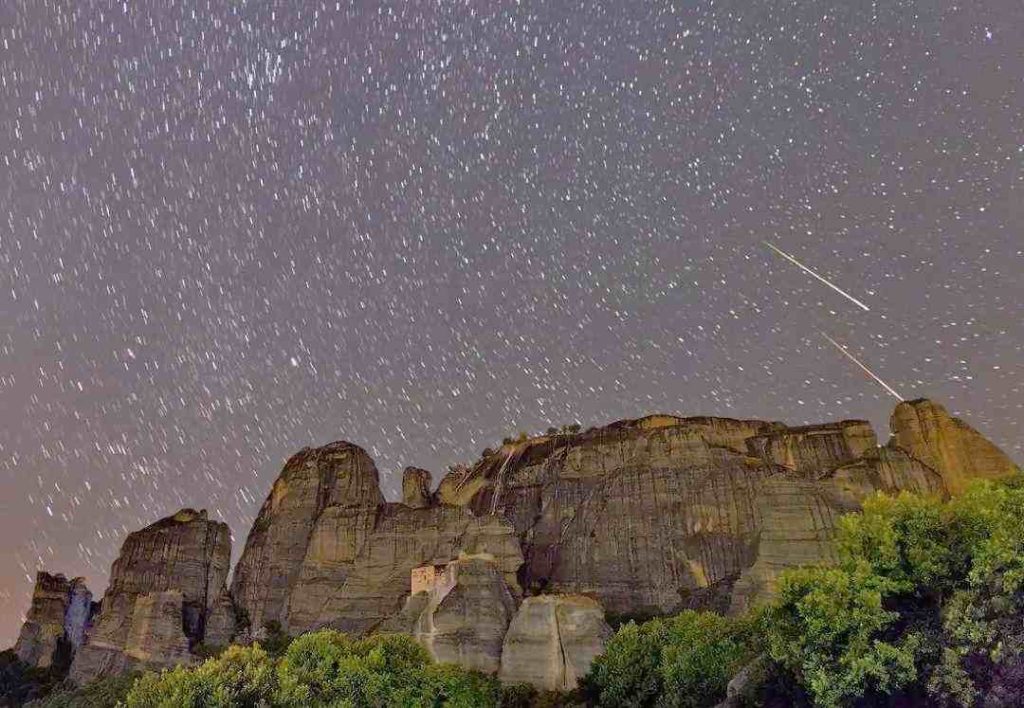
Ideal Conditions for a Good Viewing Site
- Dark skies: Distant from urban areas with light pollution, preferable to use the Bortle scale or light pollution maps to identify these areas.
- Open horizon: An unobstructed viewing angle is especially critical.
- Minimal clouds with low humidity: Drier humid conditions help improve visibility.
- Safe and accessible area: Pay special attention to security issues, especially where one is traveling alone or at odd hours.
Recommended Global Locations
The following are some suggested global locations to enjoy the 2025 Perseids:
North America
- Cherry Springs State Park, Pennsylvania, USA – This is a declared Dark Sky Park and has excellent conditions.
- Big Bend National Park, Texas, USA – This is remote, dark, and offers stunning views of the desert.
- Grasslands National Park, Canada – This park offers flat horizons and minimal artificial light.
Europe
- La Palma, Canary Islands, Spain – Known as one of the stargazing islands.
- Scottish Highlands, UK – Rough terrain and sparse population.
- High Alps France/Switzerland – Increased altitude ensures clearer skies.
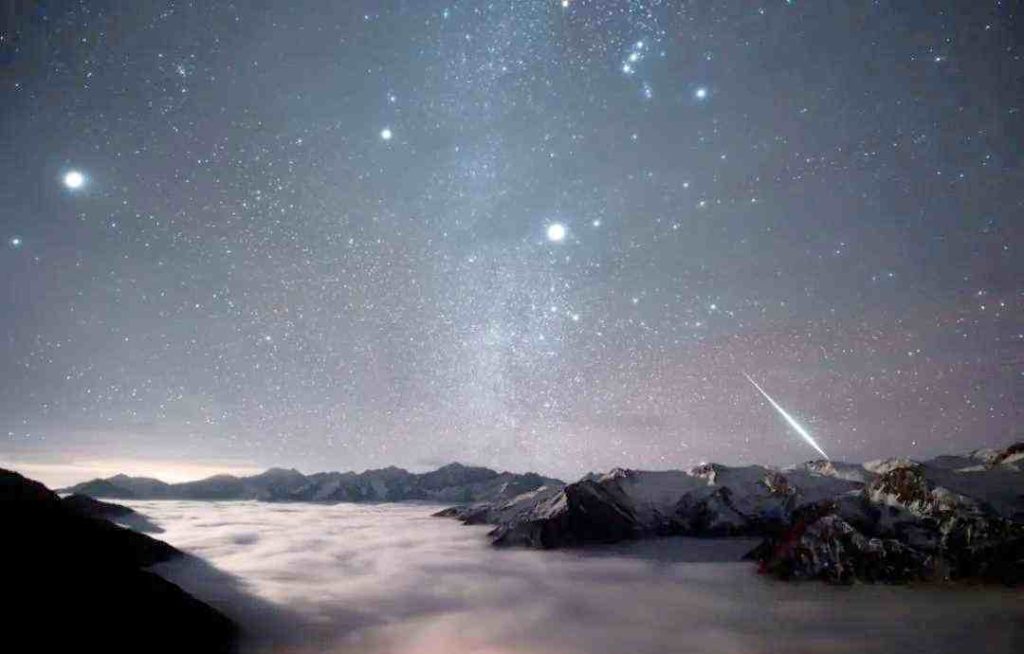
Asia:
- Ladakh, India – Considered a high-altitude desert region with clear skies.
- Mount Fuji Five Lakes, Japan – Beautiful views combined with easy accessibility and great visibility.
- Tianshan Mountains, China – Isolated and stunningly beautiful.
Oceania:
- Outback Australia – Excellent conditions for astronomy due to dry climate and expansive skies.
- Aoraki Mackenzie, New Zealand – Aoraki Mackenzie is one of the gold rated dark sky reserves.
Whatever the destination may be, always remember to check the local weather, moonrise and illumination maps relative to light pollution prior to your outing.
Conclusion
In 2025 The Perseid meteor shower promises yet another breathtaking shower of meteors falling from the sky. Choosing top tier places with dark skies along with proper planning will make the experience unforgettable. The night will be full of wonders if you have the right binoculars which cater towards exploring deep space at night.
Do not forget to mark your Worthy of note is the period from the 11thact of August to 12 Enlighten Such and precise dates in 2025. Don’t forget to get the right gadgets to enhance your visibility during the night. Now bid farewell to crowds and metropolis and experience the greatness of the sky littered with stars and meteors.

